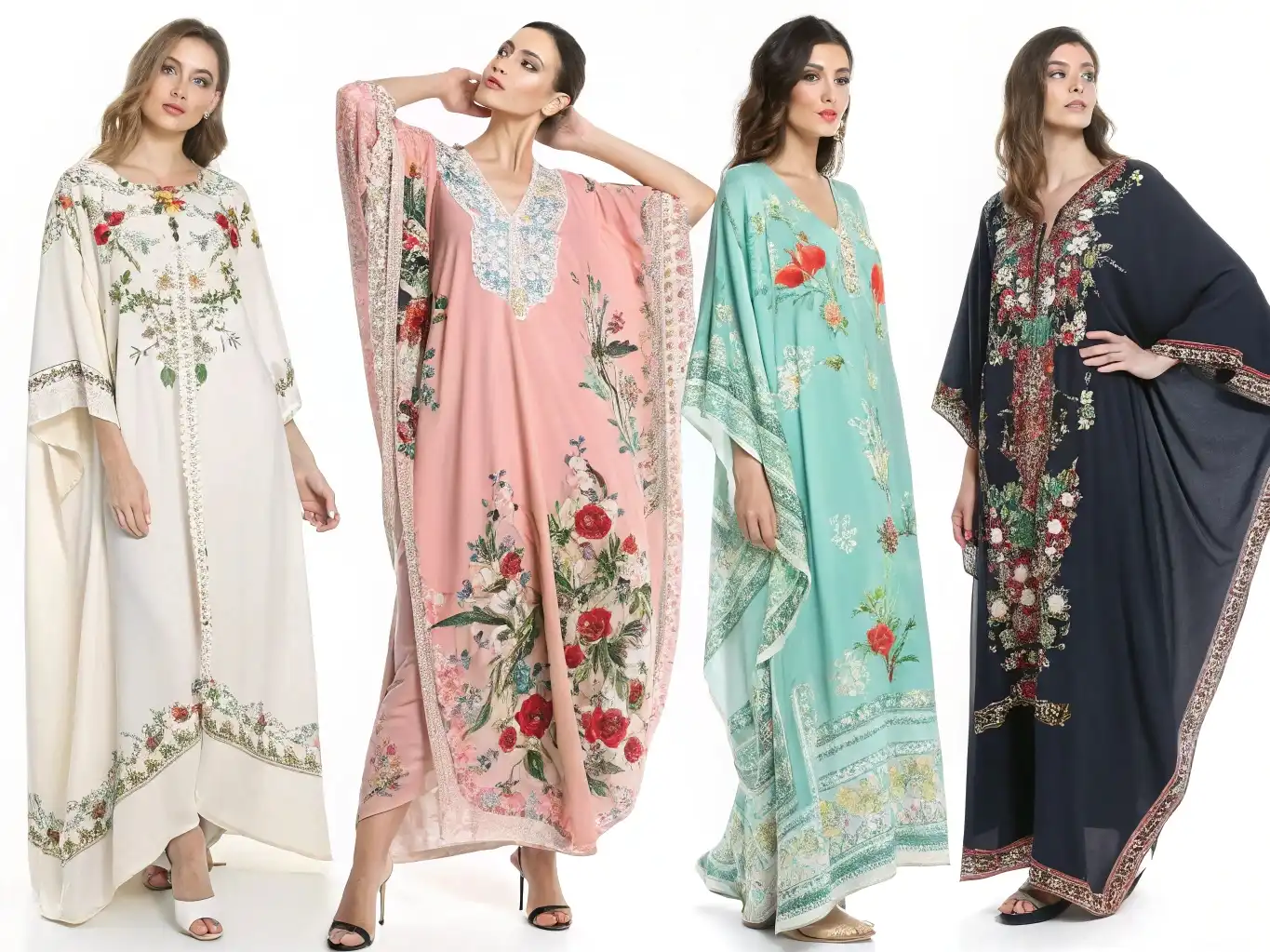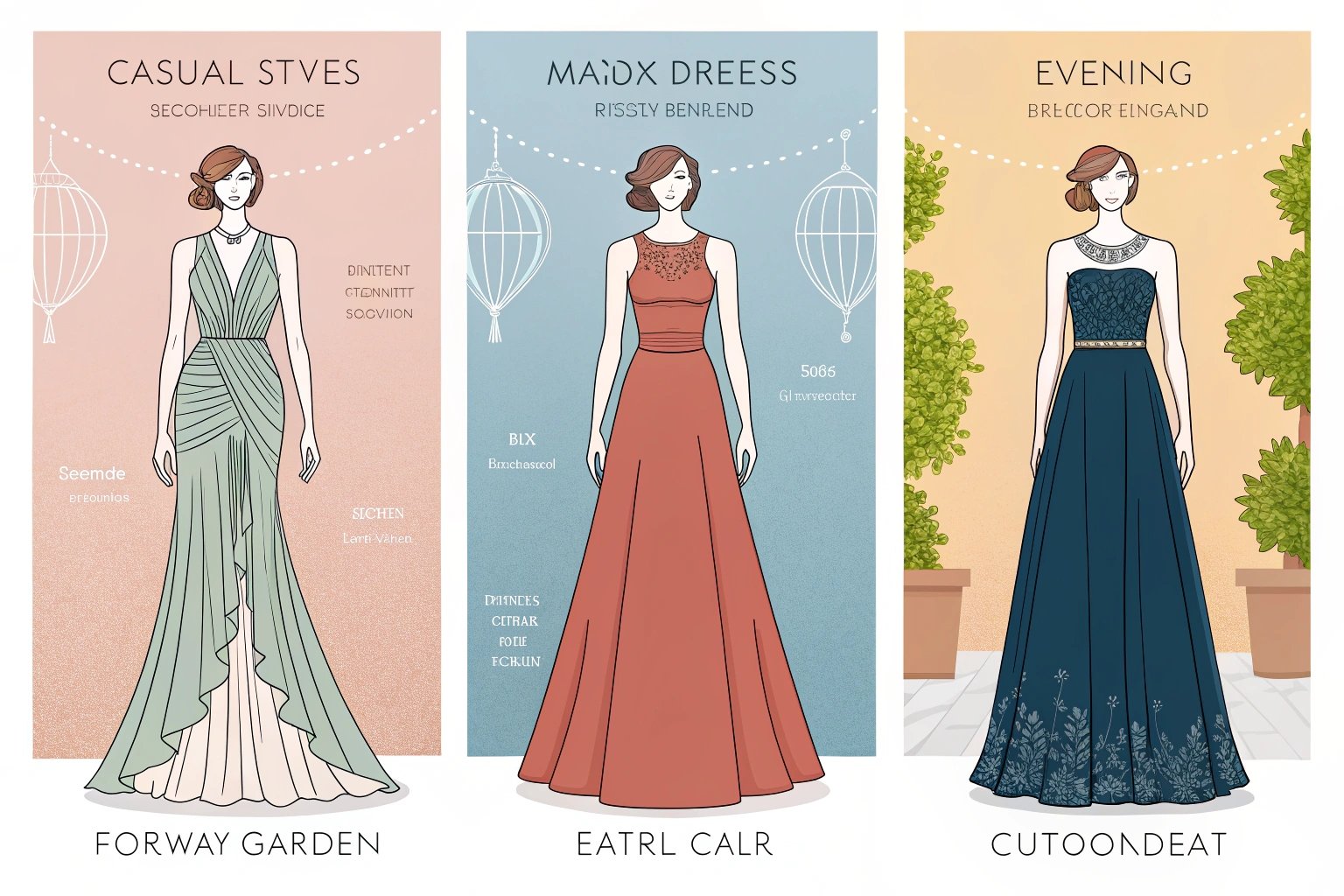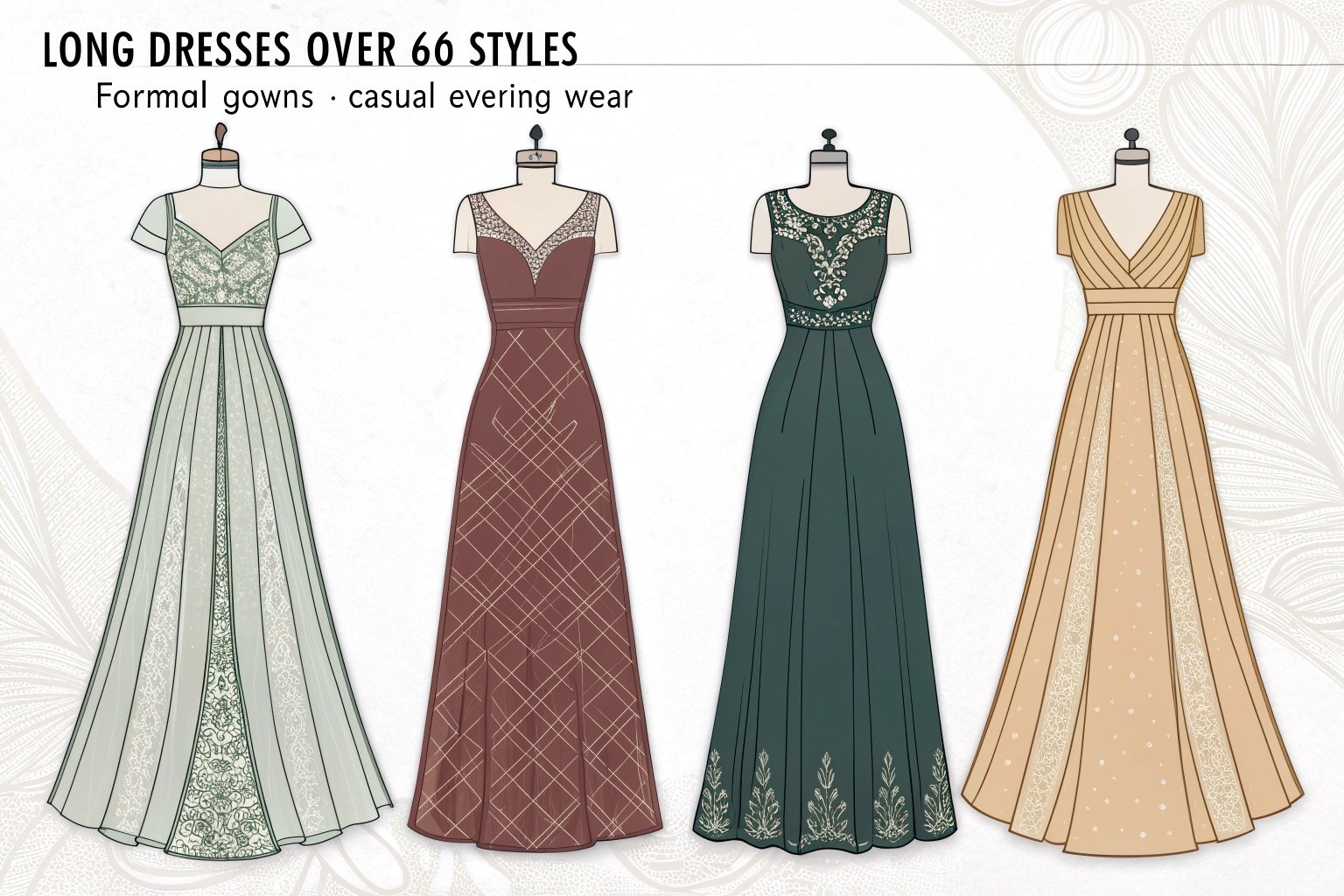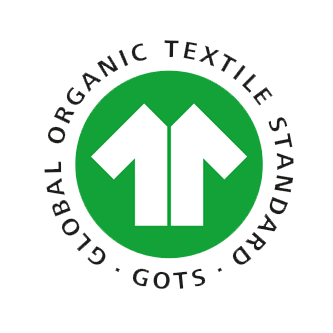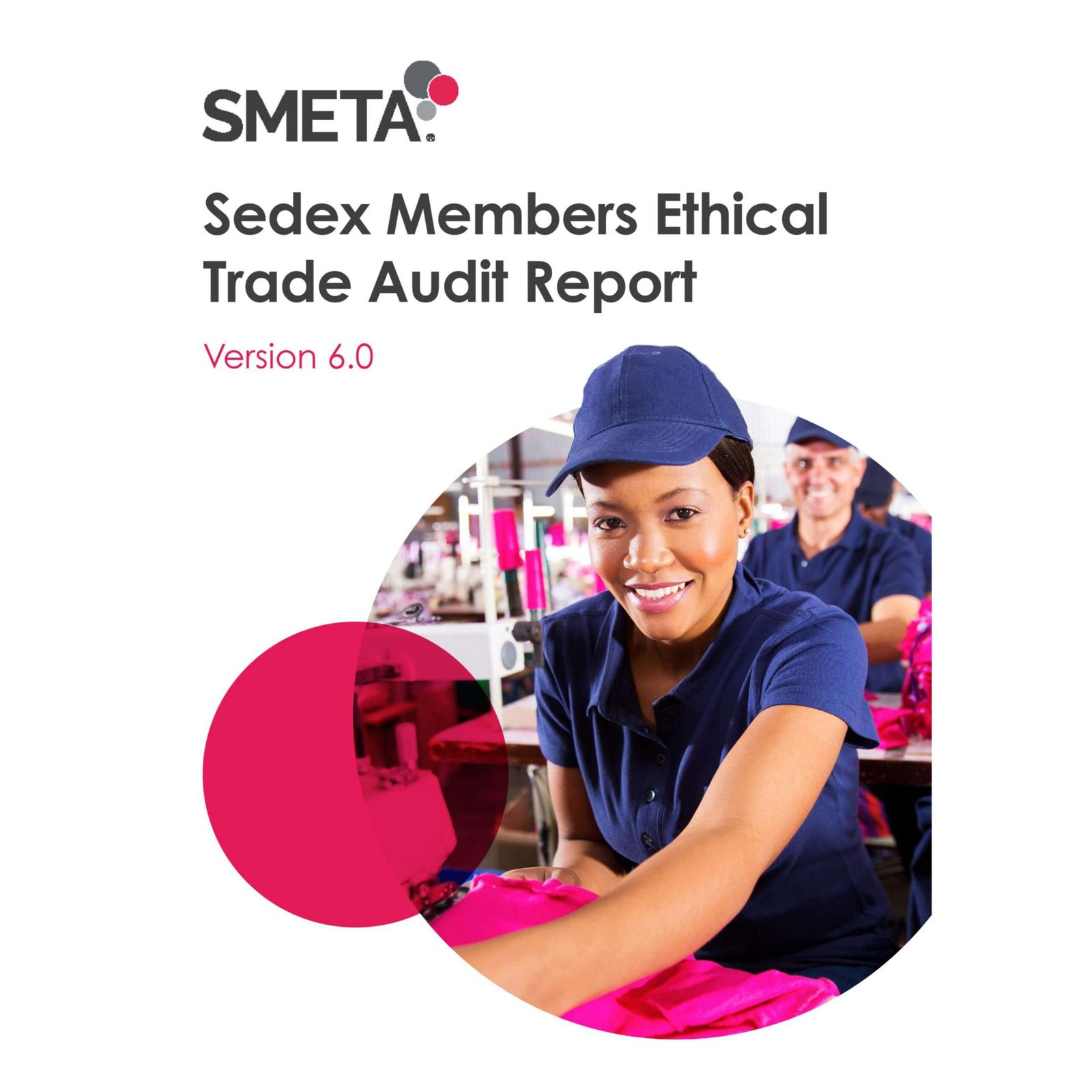Linen is elegant, breathable, and sustainable—but it’s not perfect. At Xzapparel, where we handle linen production frequently, we’ve seen how this beloved fabric also comes with real limitations that buyers must consider.
The downside of linen includes wrinkling1, fraying, cost, care complexity2, limited elasticity, and shrinkage. It requires more delicate handling during production and wear compared to cotton or synthetics.
Let’s explore the trade-offs behind this high-end natural fiber.
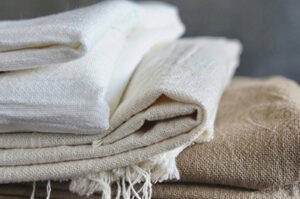
Why does linen wrinkle so easily?
Because it lacks elasticity. Linen fibers have a rigid molecular structure, meaning they don’t bounce back when compressed. That’s why even mild pressure—like sitting or folding—creates visible creases.
Wrinkling Facts
- Creases form at stress points like elbows, waist, and knees
- Wrinkles appear faster than with cotton or viscose
- Requires steaming or ironing after washing to maintain a smooth look
This trait gives linen its laid-back charm but demands more from both garment makers and wearers.
Is linen difficult to sew and handle in production?
Yes, especially without experience. Unlike cotton or synthetics, linen tends to fray quickly and lacks natural stretch, making it harder to manage during cutting and sewing.
Production Risks
- Edge unraveling is common without proper seam allowance
- Precision finishes like French seams or binding are often necessary
- Fabric texture may distort delicate stitching or prints
At Xzapparel, we implement customized sewing lines and edge sealing strategies for every linen project.

Why is linen considered expensive?
From crop to closet, the process is labor-intensive. Flax farming, fiber extraction, and fabric weaving all take more time, skill, and specialized equipment than cotton or polyester.
| Expense Factor | Linen Impact |
|---|---|
| Flax cultivation | Requires ideal climate and harvesting care |
| Retting and scutching | Multi-step fiber processing |
| Spinning/weaving | Slower, higher breakage risk |
| Finishing techniques | More pressing, seam reinforcements |
Cost builds at every stage—especially when aiming for consistent quality.
How durable is linen over time?
Paradoxically strong but sensitive. Linen fibers are naturally tough, but stiffness and lack of give cause premature wear in stress zones.
Durability Issues
- Frequent breakage at high-friction fold lines
- Seams need reinforcing or they stretch and split
- Color and texture degrade if washed incorrectly
Our QC team uses extra abrasion tests on all linen styles, especially outerwear and bottoms.

Does linen shrink easily?
Yes—without treatment, significantly. Linen can shrink 5%–10% during washing, especially if it’s not pre-shrunk or properly treated before cutting.
Our Factory Protocols
- Always use enzyme-washed or pre-shrunk linen
- Conduct fabric shrinkage tests on every new batch
- Apply garment washing after full prototyping only
We also educate buyers on post-purchase care to reduce returns due to size change.
Why is linen considered unforgiving in design?
Because it doesn’t stretch or drape naturally. Linen lacks elasticity, meaning body-hugging or tailored pieces often don’t hold their shape or comfort well.
Design Implications
- Works best in relaxed, oversized styles
- Requires darting or pleating for shaping
- Avoid for tight garments unless blended
We advise our clients to combine linen with elastane or use it strategically in design zones.
What are the dyeing and printing limitations of linen?
Absorbency can be a blessing and a curse. Linen absorbs dye deeply but unevenly, making it prone to patchy prints, inconsistent tones, and early fading.
Common Complaints
- Dull or faded color after a few washes
- Uneven dye penetration on textured weaves
- Bleeding during first few wash cycles
We counter this by applying reactive dyes, pigment fixatives, and controlled pre-wash settings.

What makes linen hard to care for at home?
Maintenance is a must. Linen needs careful laundering—cold water, air drying, and low iron or steaming—to retain its appearance and structure.
Consumer Feedback Patterns
- “It wrinkles as soon as I sit down”
- “Too high maintenance for daily wear”
- “Even the pre-washed item still shrank”
Brands that sell linen must prepare customers with clear and visual care instructions.
Can linen be used in all garment types?
Not always. Linen isn’t ideal for athletic wear, stretch-heavy garments, or multi-season outerwear unless blended.
Suitability Overview
| Garment Type | Linen Use Viability |
|---|---|
| Summer dresses | Excellent |
| Tailored suits | Needs lining or blending |
| Activewear | Not suitable |
| Lightweight coats | Possible with blends |
| Loungewear | Good, but requires softening |
At Xzapparel, we guide clients toward the best applications and suitable blends.
How do brands reduce these downsides?
They blend, finish, and educate. Most global brands use 40–70% linen in blends, treat fabric pre-production, and equip customers with styling and washing tips.
Effective Solutions
- Linen–viscose: Adds drape and softness
- Linen–cotton: Reduces wrinkle, adds strength
- Garment washing: Adds softness, controls shrink
We also provide labels and hangtags with sustainability and care credentials.
Conclusion
Linen carries natural charm, breathability, and sustainability—but with that comes wrinkles, fraying, and higher cost. These drawbacks make linen best suited for brands focused on premium design, relaxed fits, and informed consumers. At Xzapparel, we balance its weaknesses with careful sourcing, technical sewing, and fabric finishing.
Planning a linen capsule but want smooth production and fewer returns? Let’s engineer your next launch together.


